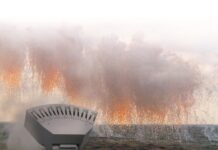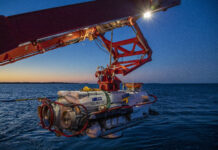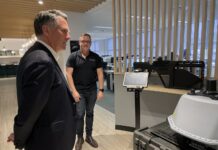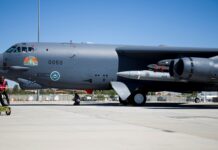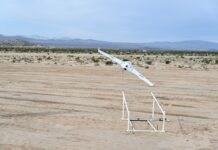Personnel from the participating nations of the Australia, United Kingdom, and United States (AUKUS) security partnership reported to Pearl Harbor Naval Shipyard and Intermediate Maintenance Facility (PHNSY&IMF) on 14 August 2023 in support of the pact’s Pillar One initiative, US Naval Sea Systems Command (NAVSEA) reported the following day.
Australia will acquire conventionally armed nuclear-powered attack submarines (SSNs) for the Royal Australian Navy (RAN) under AUKUS Pillar One via the Optimal Pathway announced by the leaders of the three partner nations on 13 March 2023.
The uniformed and civilian submarine maintenance subject matter experts from Australia, the United Kingdom, and the United States comprise the Advance Verification Team (AVT) that, over the coming weeks, will work directly with shipyard personnel to gain a full understanding of the maintenance and industrial skills required to establish Submarine Rotational Force-West (SRF-W) in Australia as early as 2027.
At its height SRF-W will host up to four Virginia-class SSNs and one Royal Navy (RN) Astute-class SSN. Initially, a combined Australian/US team will perform maintenance on the US SSNs. Over time, as Australia grows its workforce and expertise, the US will reduce its presence in Australia. The AVT is working to build a detailed understanding of the types of specialised skills and trades required to establish the SRF-W repair workforce.
AUKUS Pillar One has three distinct phases. Phase One involves establishing SRF-W through increased Virginia-class visits to Australian designed to expand Australia’s knowledge of SSNs and the development of an intermediate-level maintenance capability. Phase Two begins in the early 2030s, pending approval from the US Congress, with the United States selling Australia between three and five Virginia-class submarines. Phase Three sees the combination of UK submarine design and advanced US technology to deliver SSN-AUKUS: the future attack submarine that will equip both the RAN and the RN. Australia plans to deliver the first sovereign-built SSN-AUKUS in the early 2040s.
“Each phase builds on the previous one and SRF-W is the foundation upon which the Australian maintenance, sustainment and new construction workforce is built,” Captain Lincoln Reifsteck, the US Navy’s AUKUS Integration and Acquisition Program Manager, was quoted as saying by NAVSEA.
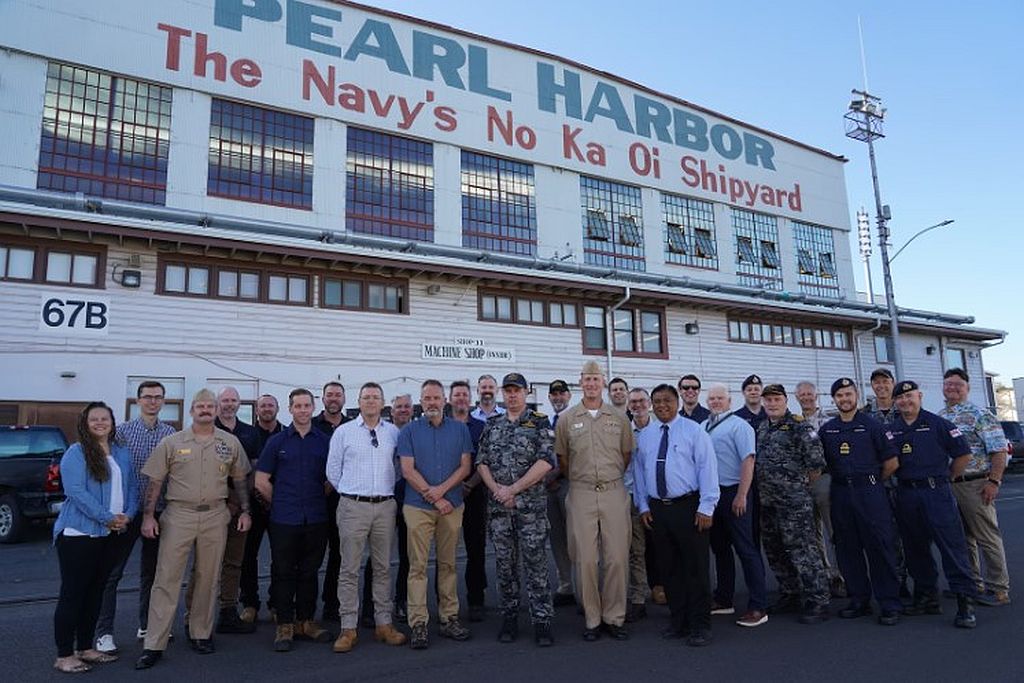
“Australians are superior submariners,” Captain Richard A Jones, PHNSY & IMF’s commanding officer, was quoted as saying. “They operate one of the best diesel-electric boat classes in the world in a highly complex area of operations. That said, there is a big step between the Australian Collins-class SSK [diesel-electric attack submarine] and Virginia-class SSN. We are honoured to host the AVT over the next several weeks to share as much as we can, answer their questions, and set them on the right course to building out a holistic sustainment plan.”
Once the AVT determines the skillsets and number of personnel required to execute intermediate-level maintenance, they will build an embedment plan to upskill and train Australian personnel within US public naval shipyards.
“With an informed and specific plan, we will control costs by ensuring we send the right people, to the right places, to get the right training, at the right time to meet our requirements,” said Rear Admiral Matthew Buckley, the Australian Submarine Agency’s Head of Submarine Capability.
“Everything the AVT is doing works to grow Australia’s organic capabilities needed to keep our spear point, our attack submarines, sharp,” added RAN Captain William McDougall, Director Submarine Rotational Force – West. “We are focused on ensuring the work taking place at [Australian base] HMAS Stirling fully supports SRF-West and we have been nothing but impressed by the dedication of our trilateral partners in setting us up for success.”
The AVT will remain in Pearl Harbor for several weeks, return home, and then travel to the United Kingdom to tour British shipyards to refine its plans. “In the UK we have fewer SSNs than the US. We are going to show the AVT how we maintain and modernise a smaller number of submarines, while still operating at the highest possible standards,” said Rear Admiral Chris Shepherd, the RN’s Defence Nuclear Organisation AUKUS Director and Senior Responsible Owner for the Replacement Nuclear Submarine Programme. “Given the projected size of the RAN SSN force, Australia will not require facilities akin to the United States Naval Shipyards, but instead infrastructure comparable to those present in the UK. This experience will be enormously beneficial for both the AVT and our personnel, as we look to strengthen our mutual knowledge, and ongoing partnership,”
Peter Felstead




